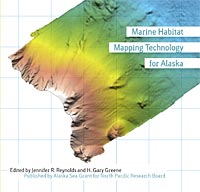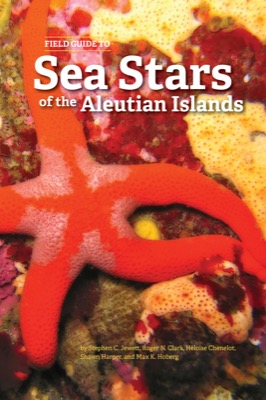
Applications of Geoscience to Australia's Representative Marine Protected Area Program
Peter T. Harris, Andrew Heap, Tanya Whiteway, and Alix Post
- Price: Free
 This is part of Marine Habitat Mapping Technology for Alaska
This is part of Marine Habitat Mapping Technology for Alaska| Format | Price | |
|---|---|---|
| PDF download [1.8 MB] Bypass cart and download |
Free | Add to Cart |
Description
In order to protect the biological diversity of marine life in Australia’s Exclusive Economic Zone (EEZ), the commonwealth government has passed the Environmental Protection
and Biodiversity Conservation (EPBC) Act. The Act is being implemented through preparation of regional marine plans (commenced in 2001) and by designing networks of representative marine protected areas (MPAs) in both commonwealth and state waters. In the absence of direct information about the distribution of seabed biodiversity, appropriate surrogates must be used instead. A major constraint is the short time frame available to managers to make decisions; only information that is readily accessible and available can be used under these circumstances.
Existing seabed bathymetry data were used to produce a geomorphic features map of the Australian EEZ. This map was used in conjunction with existing fish diversity information and other data to derive a benthic bioregionalization (DEH 2005) that subdivides Australia’s EEZ into 41 bioregions including 24 biologically unique provinces. Biophysical variables measured at broad spatial scales apart from bathymetry (and derived variables such as seabed slope) include ocean primary production, seabed sediment properties, temperature, and sediment mobilization due to waves and tides. To better characterize habitats on the Australian continental margin, Geoscience Australia has created “seascape” maps that integrate multiple layers of spatial data that are useful for the prediction of the distribution of biodiversity. An example is presented from the southwest margin of Australia; here, we used ER-Mapper’s unsupervised ISOclass algorithm to simultaneously classify six variables, with equal weighting, to yield a range of statistically different classes. The broad spatial coverage provided by the analysis of biophysical data provides information complementary to knowledge of sites important to threatened or endangered species, to iconic sites of high conservation value, and to the available (mostly very limited) direct measurements of biodiversity (hotspots). Seascape and geomorphic habitat maps have assisted managers in Australia with broadscale marine planning and in the design of representative MPA networks.
Item details
- Item number: AK-SG-08-03q
- Year: 2008
- DOI: https://doi.org/10.4027/mhmta.2008.16



